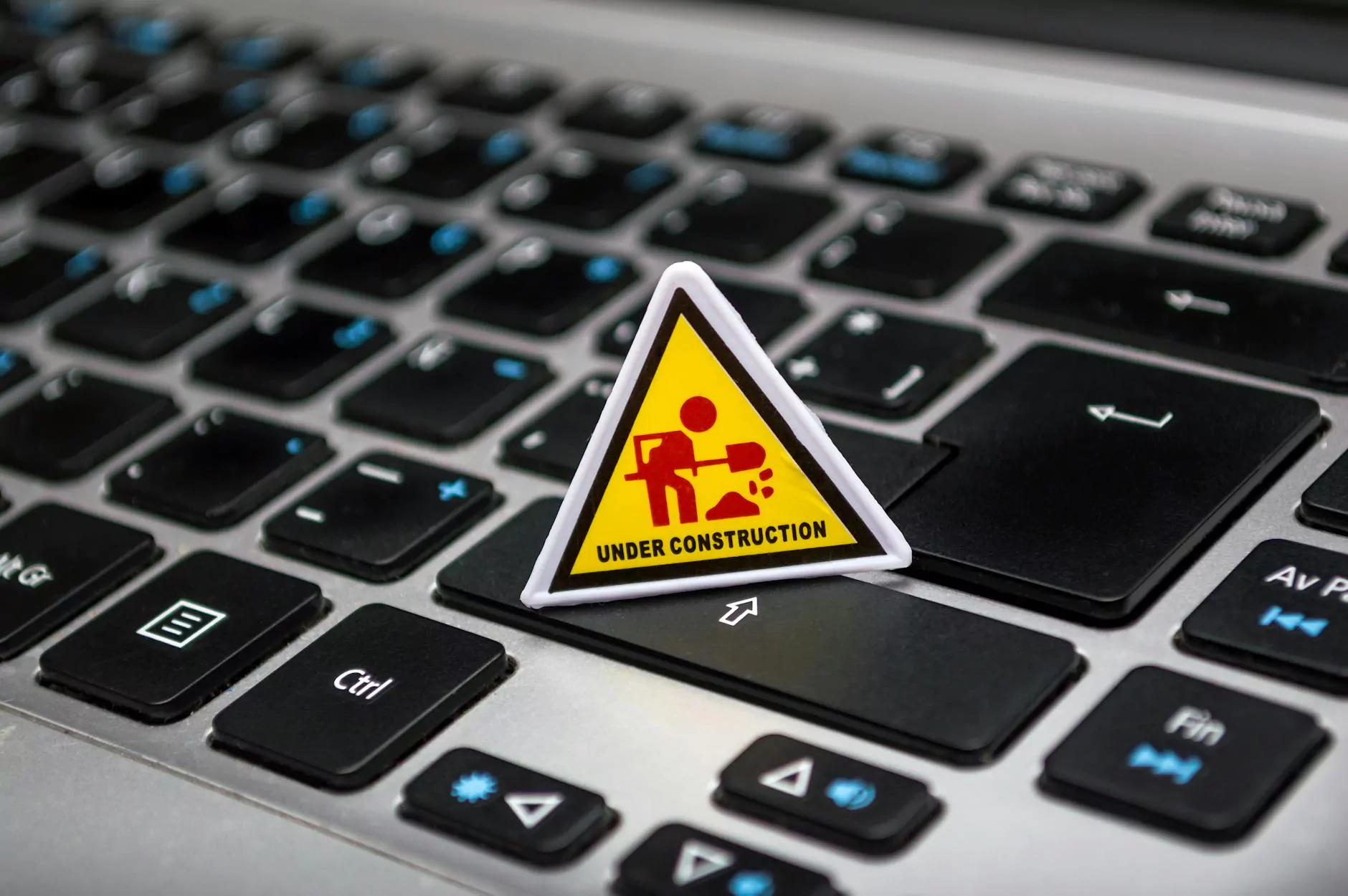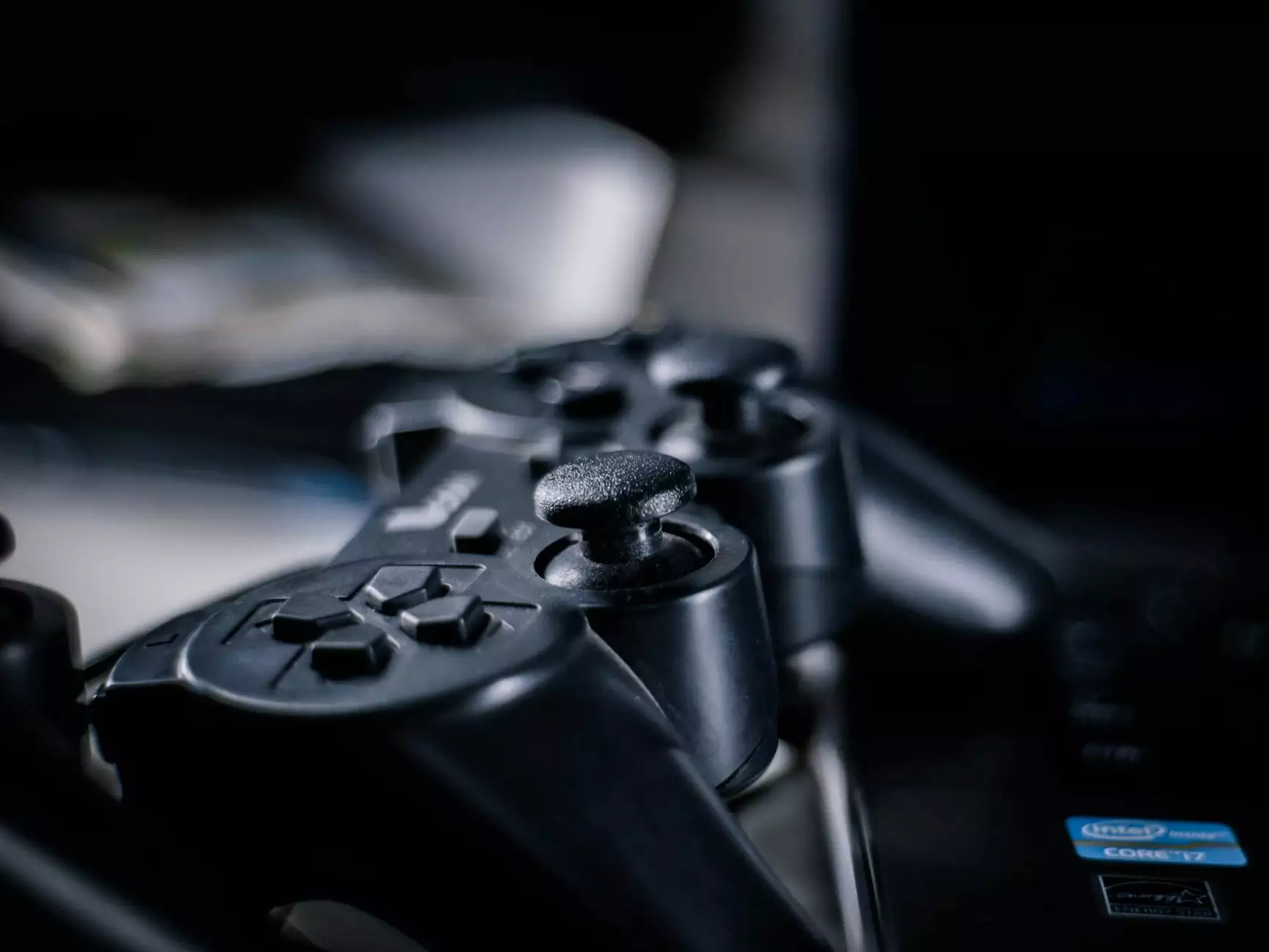Unleashing Creativity with the Ultimate 3D Printing Pen | Arts & Crafts Innovation

In the rapidly evolving world of arts and crafts, 3D printing pens have emerged as a groundbreaking tool, empowering artists, hobbyists, educators, and designers to craft intricate three-dimensional structures effortlessly. Unlike traditional drawing tools, these innovative devices transform two-dimensional sketches into vivid, tangible objects. The rise of 3dpen.com reflects a growing industry dedicated to pushing creative boundaries and redefining artistic expression through advanced 3D printing technology.
Understanding the Power of the 3D Printing Pen: A Revolution in Arts & Crafts
The 3d printing pen is more than just a novel gadget—it's a versatile instrument that bridges traditional craftsmanship with modern innovation. It functions similarly to a regular pen but extrudes thermoplastic filament instead of ink. This filament quickly cools and solidifies, allowing users to "draw" three-dimensional shapes in real space. The implications for arts & crafts are profound, enabling a level of detail, flexibility, and creativity that was previously unattainable.
How Does a 3D Printing Pen Work?
A typical 3d printing pen comprises a lightweight handheld device with a simple interface, often equipped with adjustable temperature controls. It feeds thermoplastic filament—usually PLA or ABS—through the pen's nozzle, where it melts and is extruded as a thin strand. As the filament exits the nozzle, it quickly cools and solidifies, allowing artists to build structure layer by layer or carve intricate details directly in three dimensions.
The key components include:
- Temperature control: Allows precise regulation of heating elements for different filament types.
- Extrusion mechanism: Pushes filament steadily to ensure smooth drawing.
- Nozzle: The tip where filament is extruded, designed for fine control.
- Power supply: Usually connected via USB or AC adapters, providing reliable power for extended creative sessions.
The Significance of 3D Printing Pens in Arts & Crafts
The integration of 3D printing pens into arts and crafts has opened new avenues for artisans and creators. These devices unlock possibilities for:
- Enhanced Creativity: Transform ideas into tangible models rapidly and with high precision.
- Educational Enrichment: Ideal for STEM education, stimulating spatial reasoning and hands-on learning.
- Customized Artworks: Design bespoke jewelry, sculptures, home decor, and personal accessories effortlessly.
- Prototyping and Design: Rapidly produce prototypes for product design and conceptual visualization.
- Repair and Restoration: Fix broken ceramics or reinforce 3D printed parts efficiently.
Advantages of Using a 3D Printing Pen for Artistic Expression
The unparalleled benefits of employing a 3d printing pen extend beyond basic drawing. These advantages include:
- High Precision: Fine control over detail, enabling meticulous craftsmanship.
- Ease of Use: User-friendly interface suitable for beginners to advanced artists.
- Portability: Compact design allows for creative sessions anywhere, whether at home, art classes, or exhibitions.
- Speed and Flexibility: Immediate modeling without the need for complex machinery or long wait times.
- Cost-Effective: Affordably priced compared to larger 3D printers, making it accessible to hobbyists.
Integrating 3D Printing Pen Creativity into Arts & Crafts Projects
Implementing 3D printing pens in your arts & crafts projects can be transformative. Here are some popular applications:
Jewelry and Fashion Accessories
Create custom pendants, rings, and brooches with intricate designs that are impossible with traditional techniques.
Sculptures and Decorative Art
Build complex sculptures, figurines, or decorative elements for home interiors, weddings, or art exhibitions.
Educational Models
Develop detailed anatomical models, architectural prototypes, or engineering components for teaching and presentations.
Prototyping and Product Development
Rapidly turn digital ideas into physical prototypes, allowing iterative testing and design refinement.
Repair and Customization
Use your 3d printing pen to mend broken ceramic parts or customize existing objects with personalized embellishments.
Choosing the Right 3D Printing Pen for Your Artistic Needs
Selecting the ideal 3d printing pen depends on factors such as your skill level, intended applications, and budget. Key aspects include:
- Temperature Range: Adjustable temperatures for different filament types and project requirements.
- Filament Compatibility: Support for PLA, ABS, PCL, or specialty filaments for diverse creativity.
- Control Mechanisms: Easy-to-use controls, ergonomic design, and precision tips for detailed work.
- Power Source: Battery-operated vs. corded models, depending on portability needs.
- Additional Features: LCD screens, dual-nozzle systems, or removable parts for maintenance and advanced functionality.
The Future of 3dpen.com: Innovating Arts & Crafts with 3D Printing Technology
As a leading platform specializing in arts & crafts and 3D printing, 3dpen.com continuously pushes the boundaries of creative technology. Our mission is to provide artists, educators, and hobbyists with cutting-edge tools that foster innovation, inspire new techniques, and make complex 3D art accessible to all.
We offer a wide selection of premium 3D printing pens, comprehensive accessories, and educational resources designed to maximize your artistic potential. Our commitment to quality, affordability, and customer satisfaction fuels the ongoing evolution of the creative community.
Expert Tips to Maximize Your Artistic Potential with a 3D Printing Pen
To fully leverage the capabilities of your 3d printing pen, consider the following expert tips:
- Practice Makes Perfect: Spend time mastering control, speed, and techniques such as layering and shading.
- Use the Right Filament: Choose high-quality filaments for durability, color vibrancy, and ease of use.
- Maintain Your Pen: Regularly clean the nozzle and check for filament jams to ensure smooth operation.
- Experiment with Techniques: Explore various artistic styles such as stippling, cross-hatching, or blending for unique effects.
- Plan Before You Start: Draft sketches or templates to guide your 3D modeling process for precision work.
Conclusion: Embrace the Future of Creativity with 3D Printing Pen Innovation
The convergence of technology and artistry through the 3d printing pen heralds a new era for arts & crafts. Whether you're an aspiring artist, an educator seeking interactive tools, or a hobbyist eager to expand your creative horizons, investing in a high-quality 3D printing pen can profoundly impact your projects. The ongoing innovation from 3dpen.com ensures that you have access to the latest tools, resources, and inspiration needed to excel in this exciting domain.
Unlock limitless possibilities—start your journey with a 3D printing pen today and watch your ideas take shape in three dimensions!









